Even the narrow mud tracks would have myriads of stories to tell. How people of the distant land of Mesopotamia visited this then-buzzing port town and established trade relations as well as personal relations with the natives. How the dhows made by experts of this land, Beypore, an ancient port town near Kozhikode (erstwhile Calicut), was used by Arabs for trading and fishing in the medieval times.
We grew up learning about Beypore as part of Kerala history but never visited the place until last year. The trip to Kozhikode was not meant for sightseeing but to visit a friend. We got a day and a half to spare, so we cramped as many places as possible to this short period. One of them was Beypore.
Beypore, barely 10 km from Kozhikode city, is a sub-port of Kozhikode port, and has its place in the ancient maritime history. Ship loads of spices and timber left this port on its journey to Greek & Roman ports in ancient times and later to the Middle East and African ports, establishing Kozhikode as an important trading town. It opened its doors to people from Yemen, Oman, and other Middle Eastern countries, effecting a healthy migration and cultural synthesis between geographies. While in the north, Islam came through rulers and invaders, down south it was lead by peaceful trade relations.
But Beypore occupies its place in history for another reason also— as an important ship building port. Ship building in Beypore is said to have started in the early eighteenth century by Hadhramis, the people from Hadhramaut region (between Yemen and Oman). When they discovered the wealthy Kerala with its teak wood and craftsmen, they shifted shipbuilding from the Arabian ports to Beypore. Since then ships (dhows or urus as they are known) built in Beypore sailed seas across the world. Khalasis, as the ship-building carpenters are called, were originally from Egypt and are known for their ability to move really heavy things around with a system of wooden poles, wedges, and pulleys. Even now when cranes fail, Khalasis are called for.
Ship-building techniques are now not necessarily that of olden days. New materials have replaced old. The techniques, measurements, etc, have not been documented. It is said to be from the memory of the main carpenter. Today, only three or four families of Khalasis are said to have all the confidential knowledge of building these ships.
The rickshaw driver whom we hired from Calicut city did not even know that shipbuilding happened in Beypore. We found our way with some local help. It was a Sunday and a holiday for the workers. Most of them are now from Uttar Pradesh and Bihar in North India. The security allowed us to look around and get into some of the ships, which were under construction. The smell of chiseled wood mixed with paint and varnish was indeed welcoming. Some of them were semi-finished while a couple of others were just frames.
We walked around with a sense of awe. Looking at the massive hull, all made of wood. And, human ingenuity and craftsmanship making these huge things sail through vast and treacherous oceans.
For an interesting read on the History of Kerala from a Malaber perspective, check this blog. There are also references to Beypore which we have used in this article.


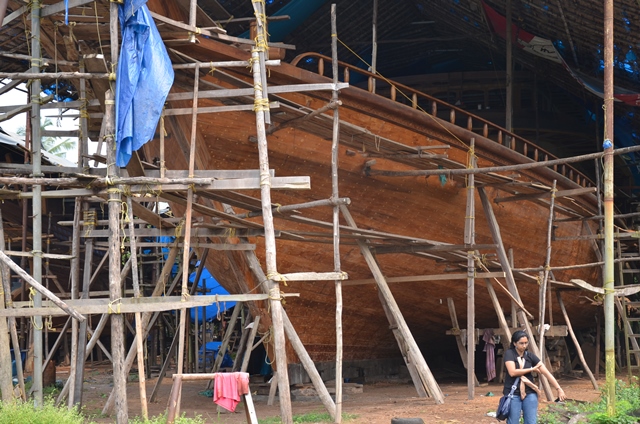
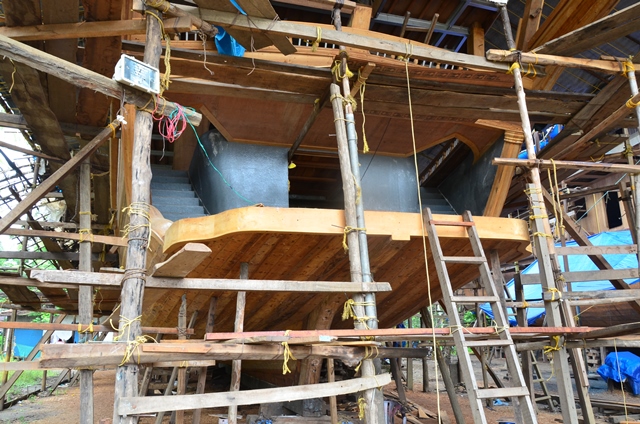
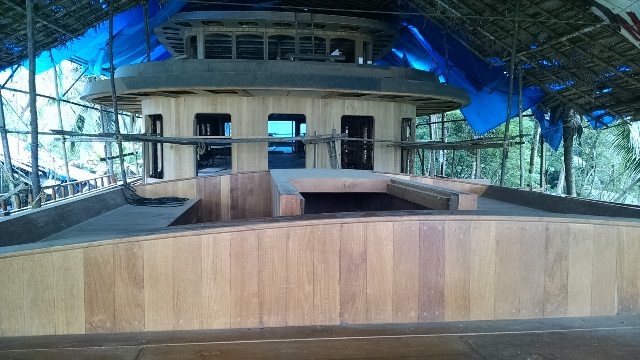
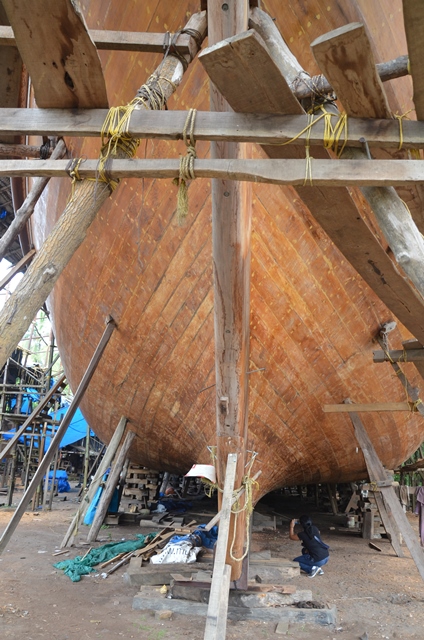
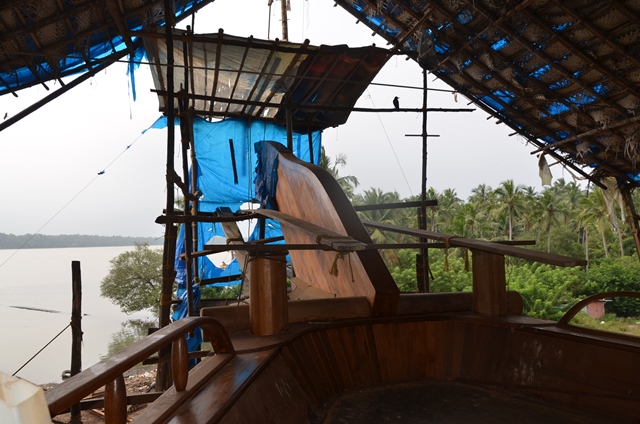
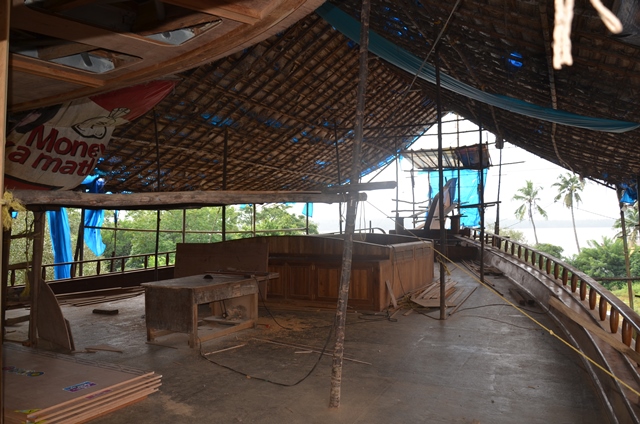
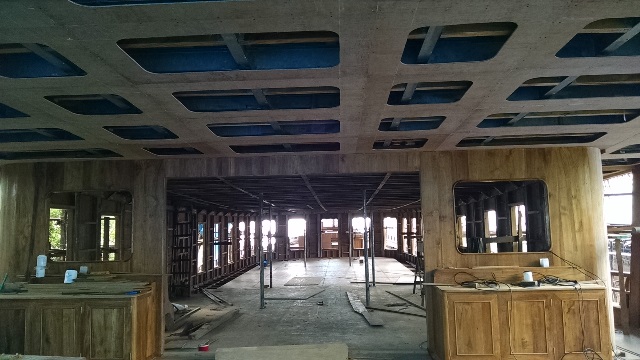
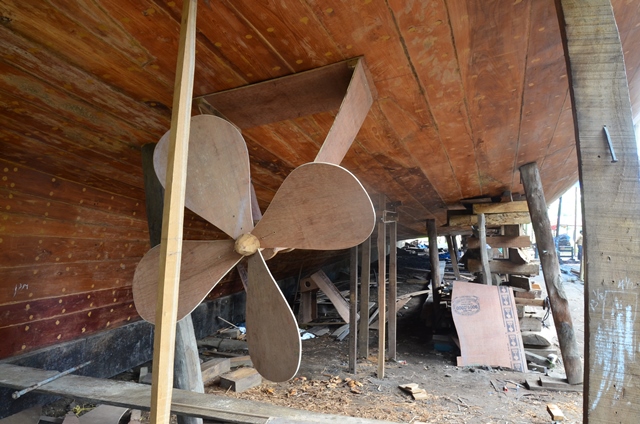





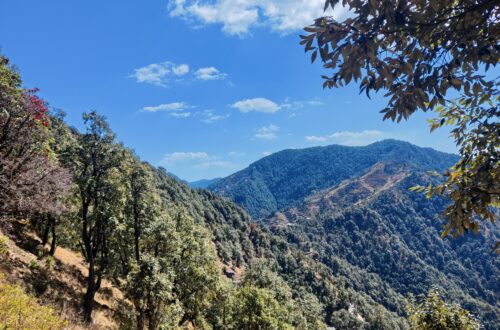
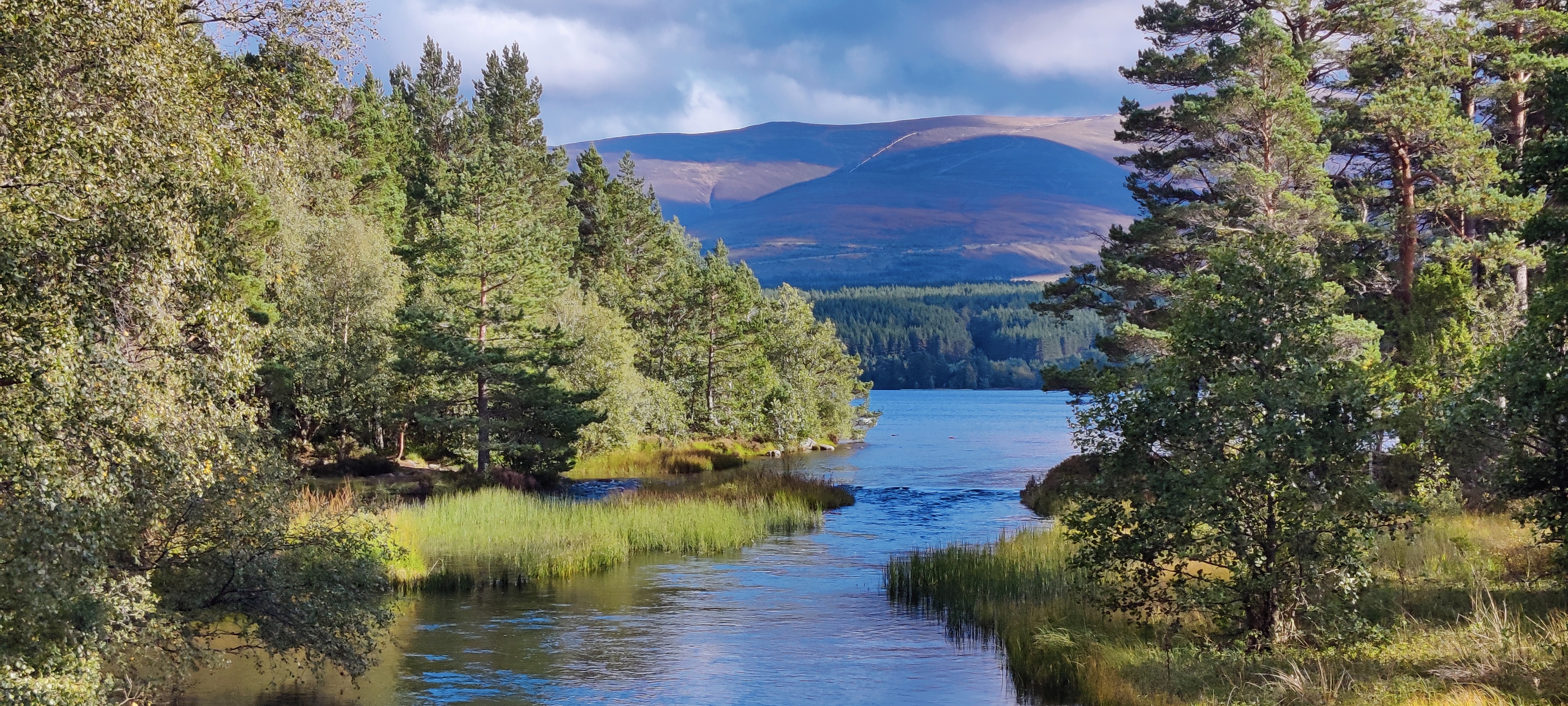
Nice read. Would love to visit the uru making sites of Beypore someday.